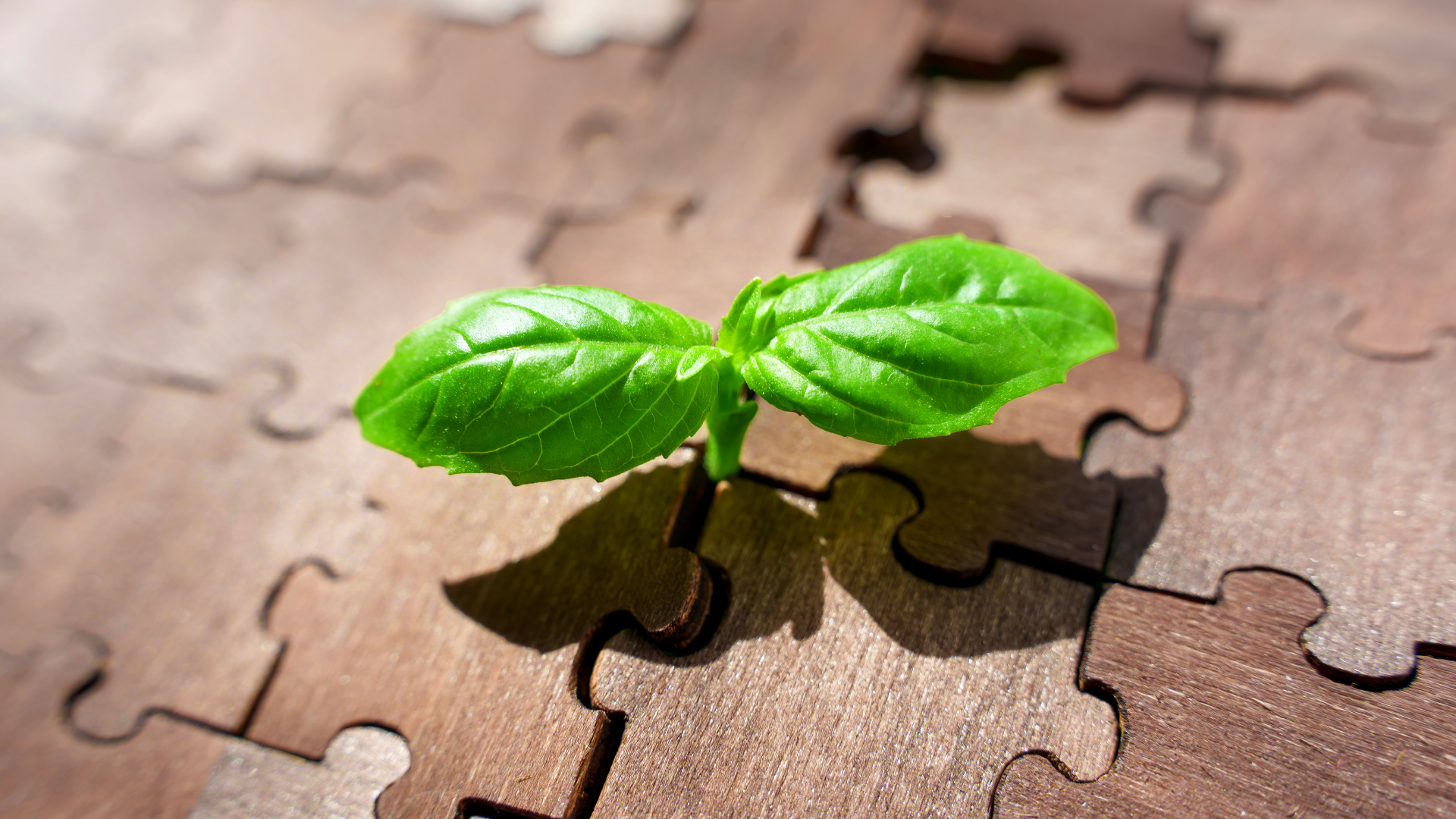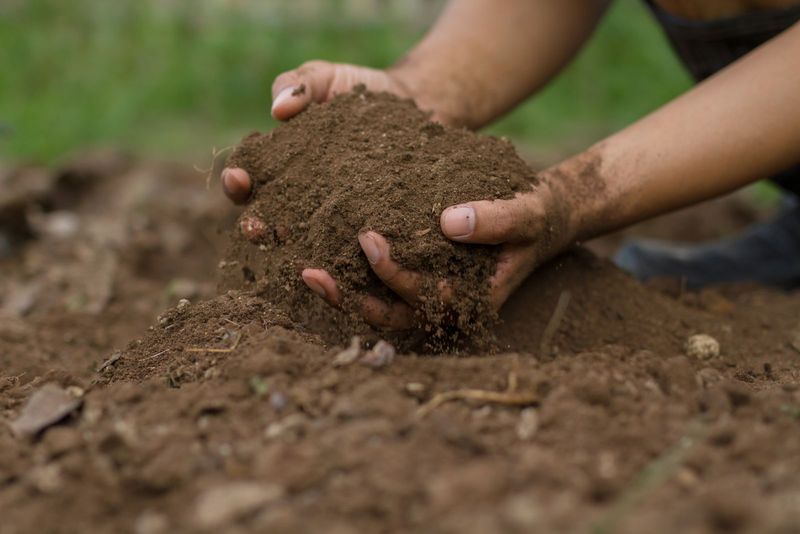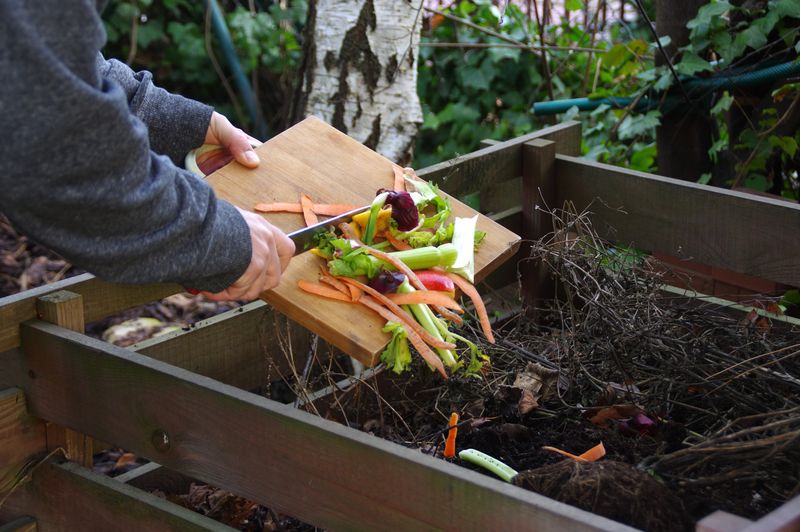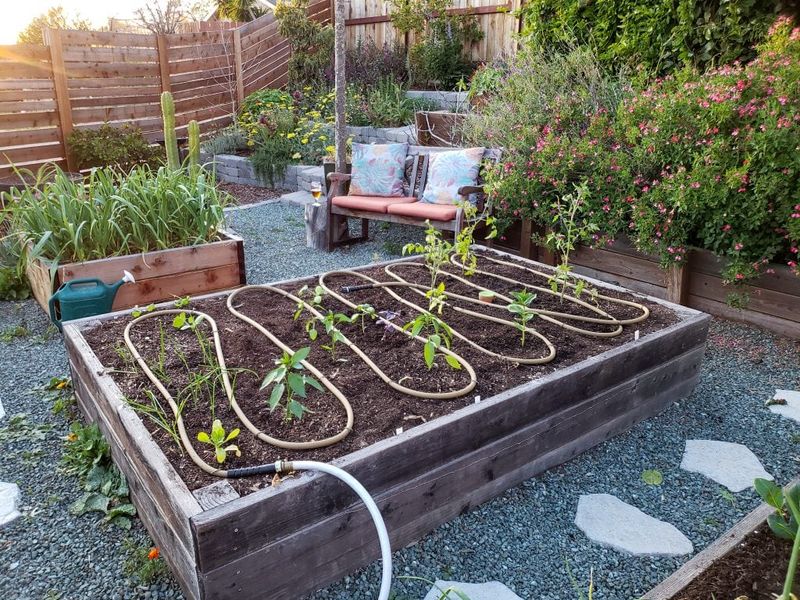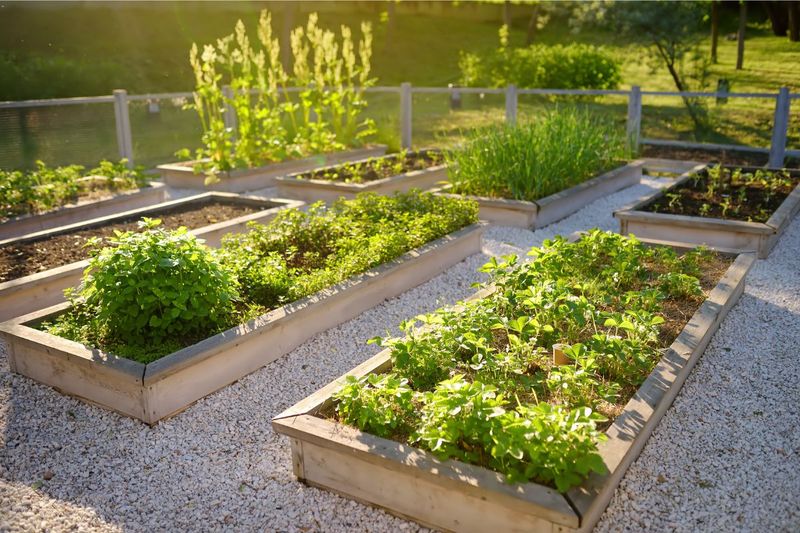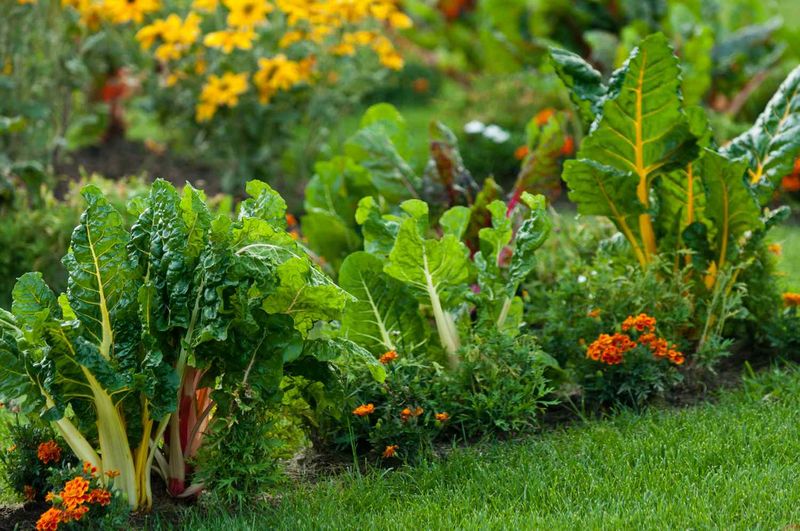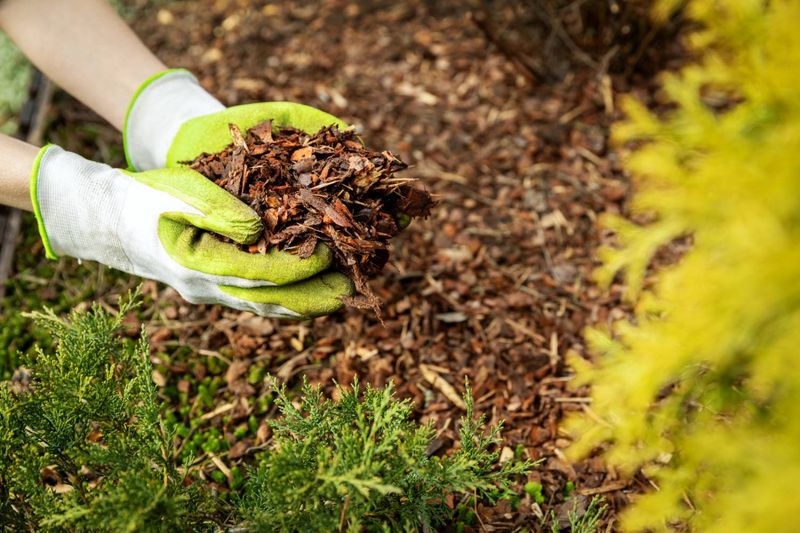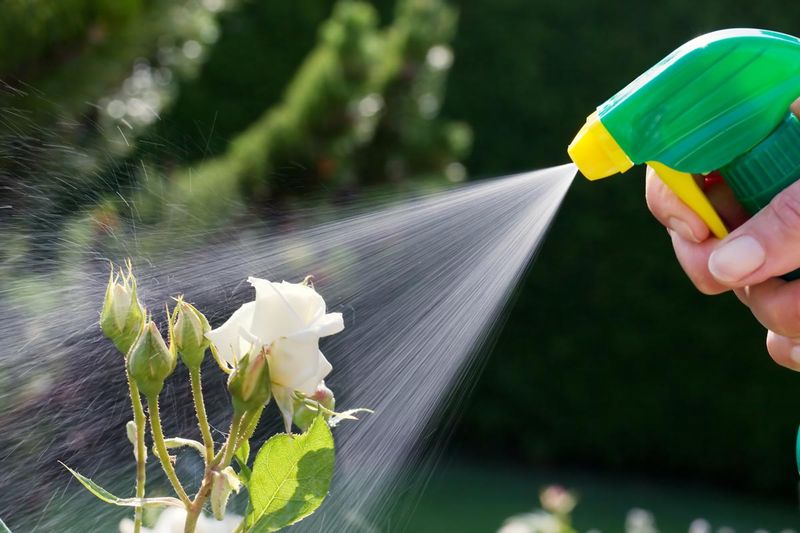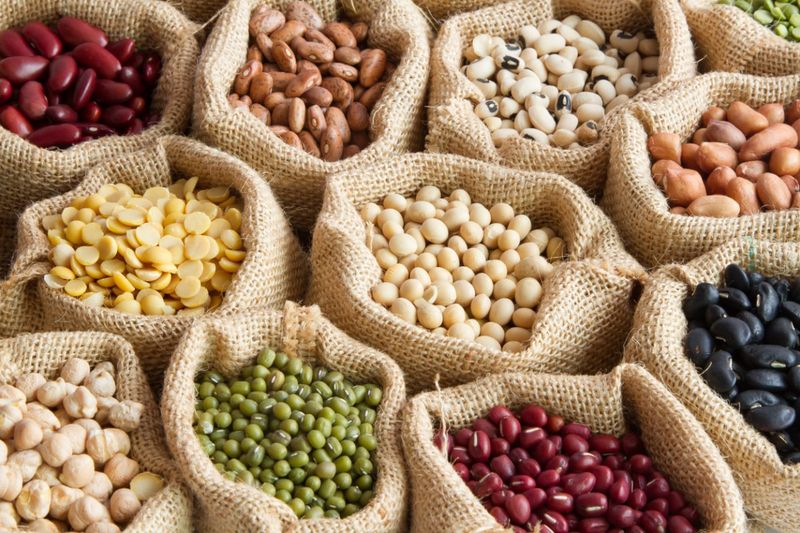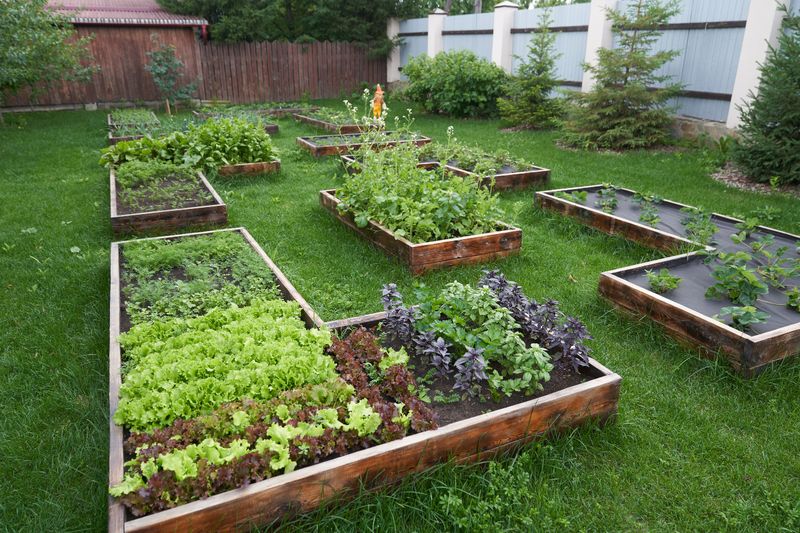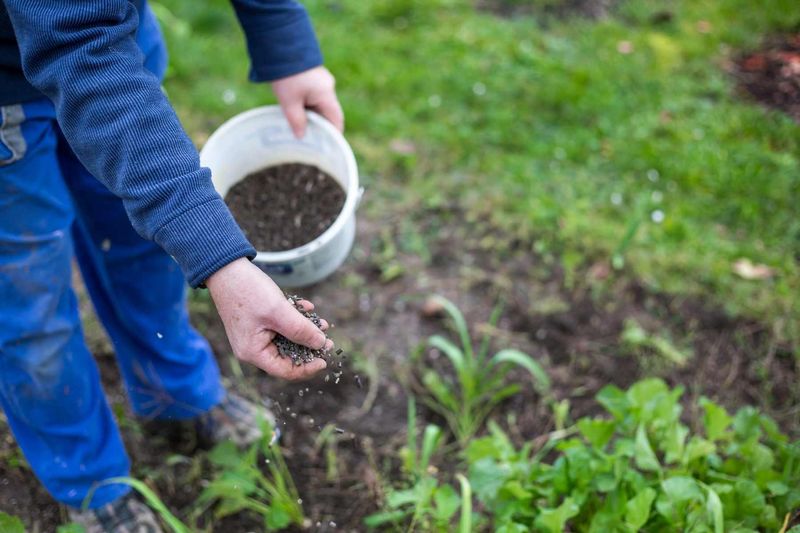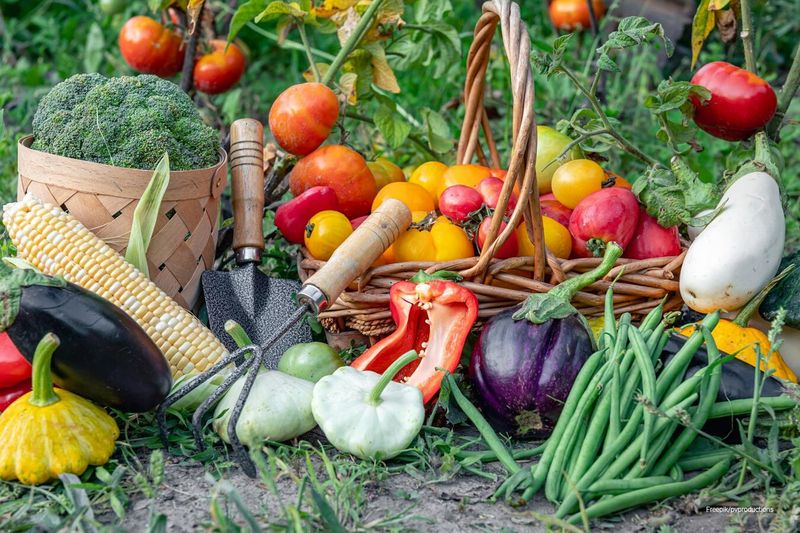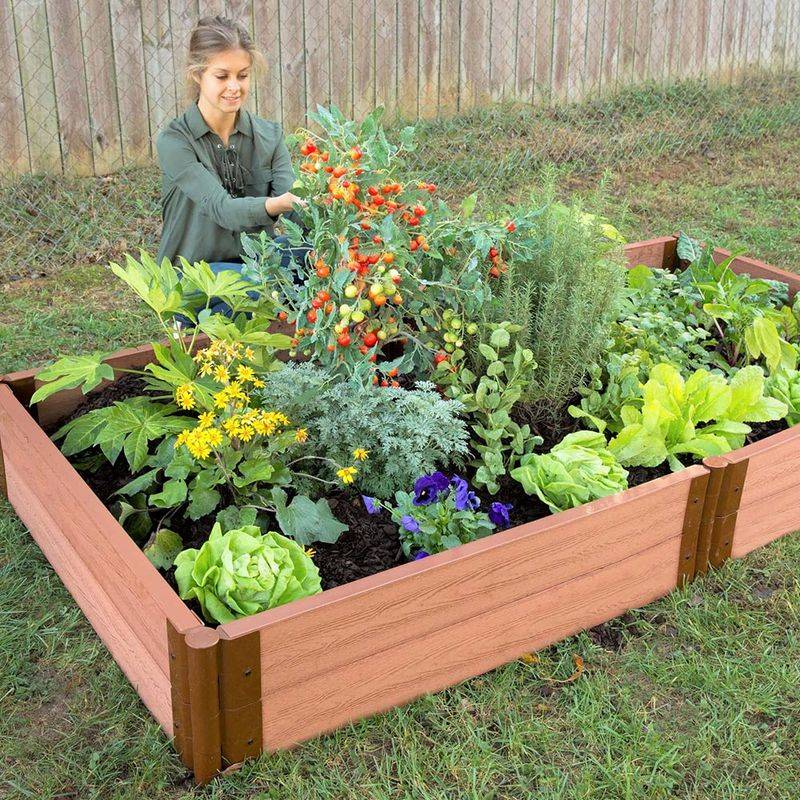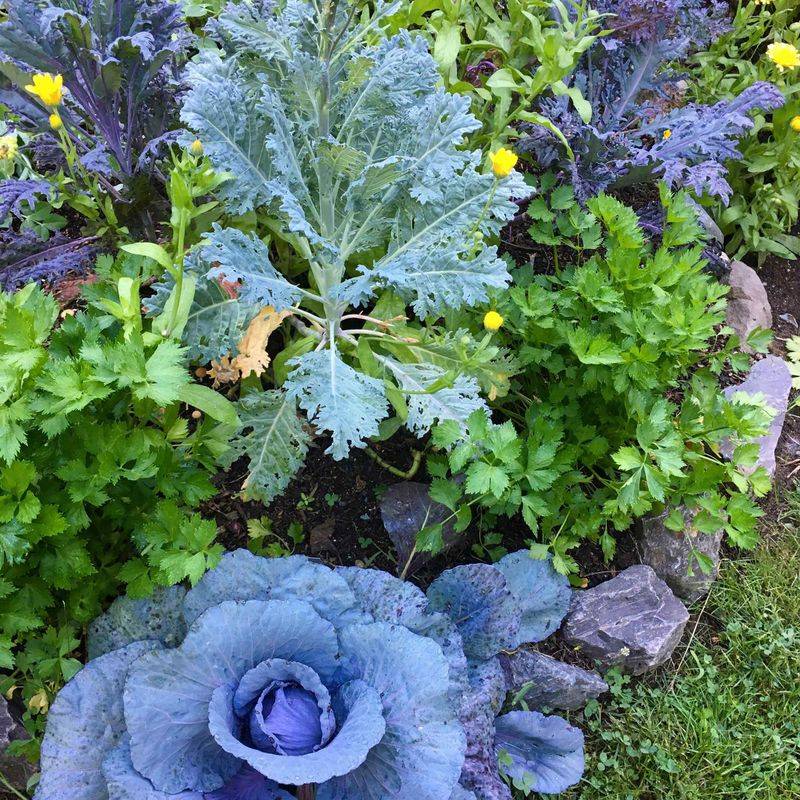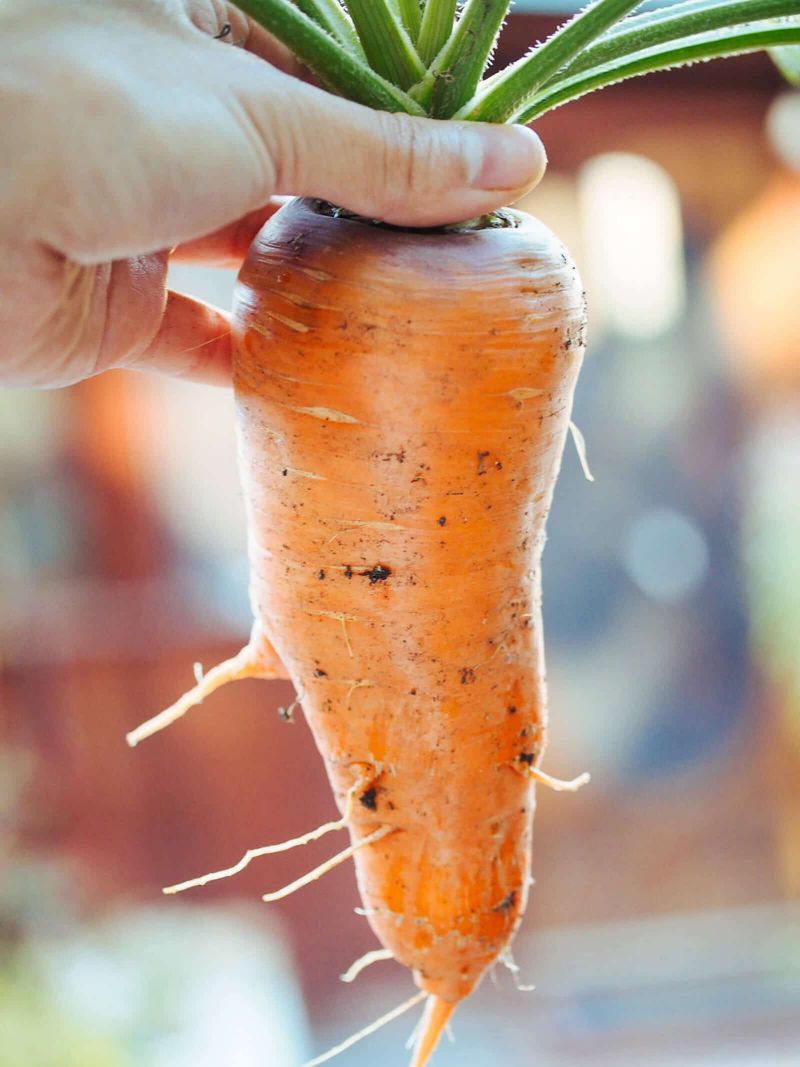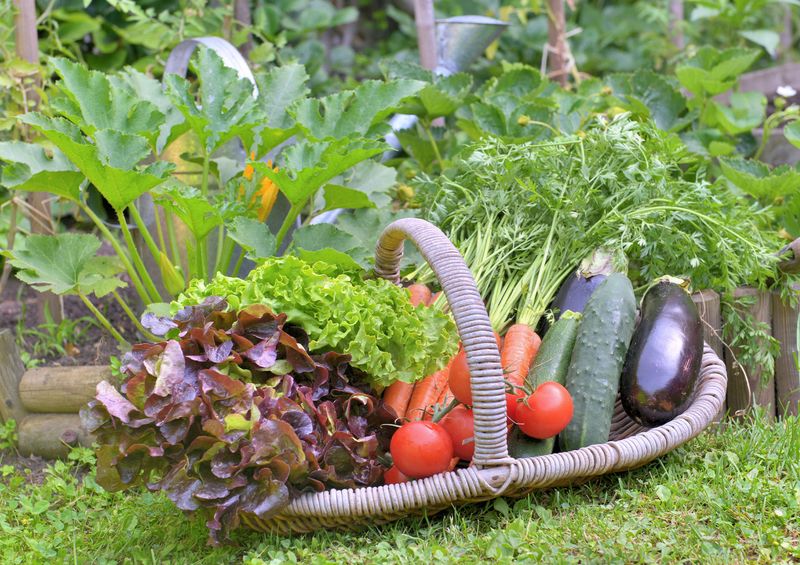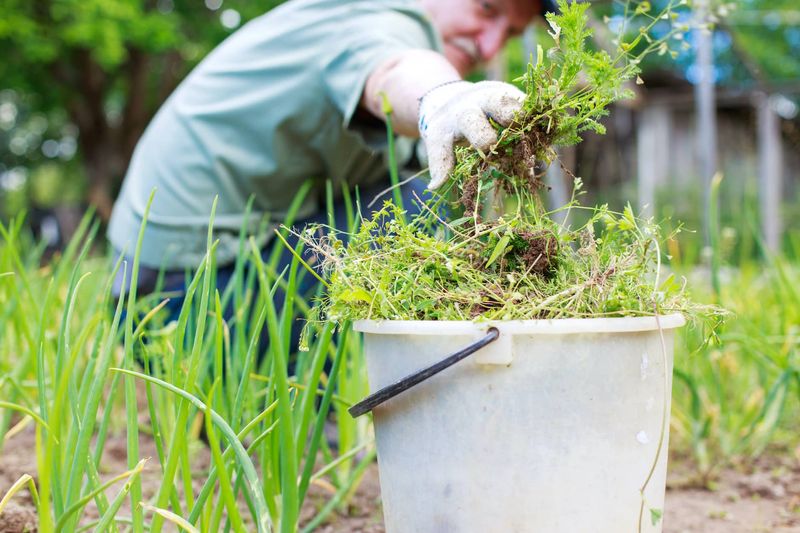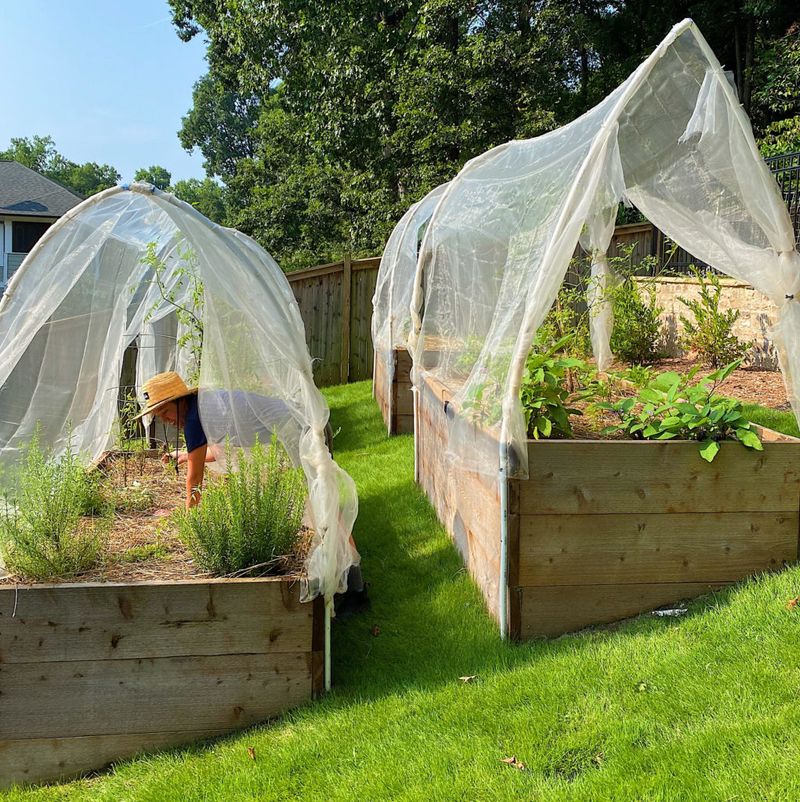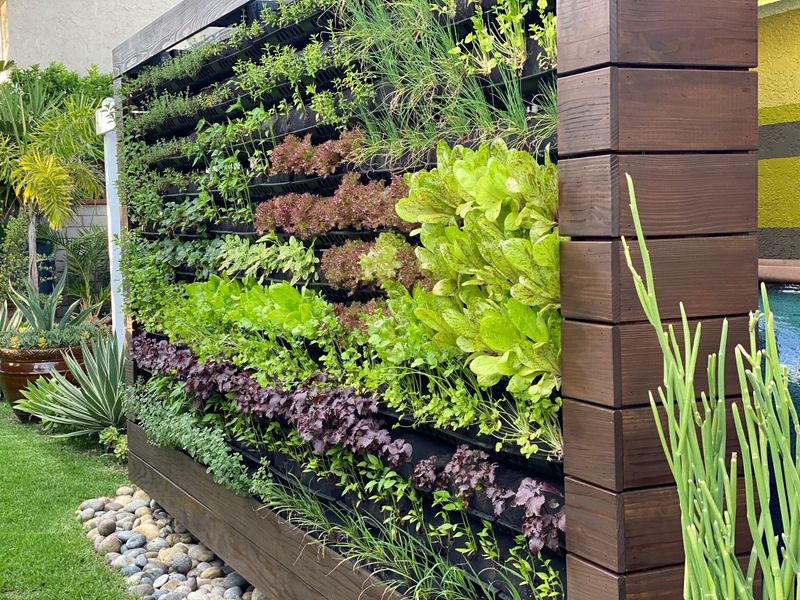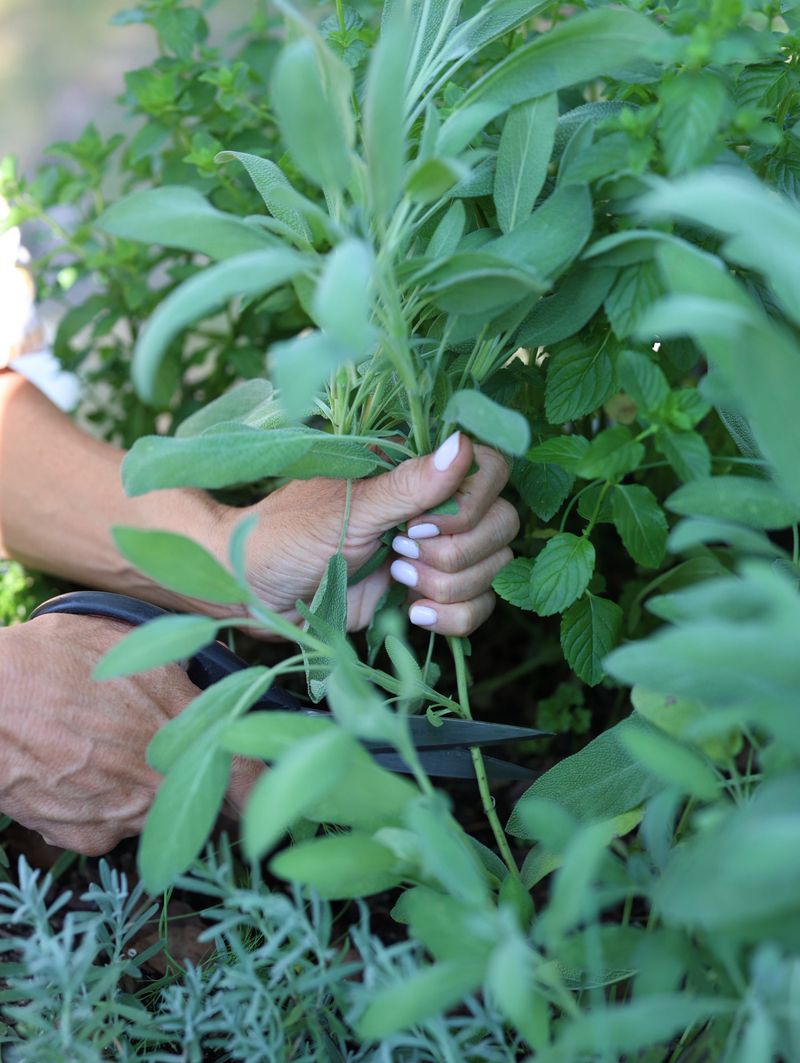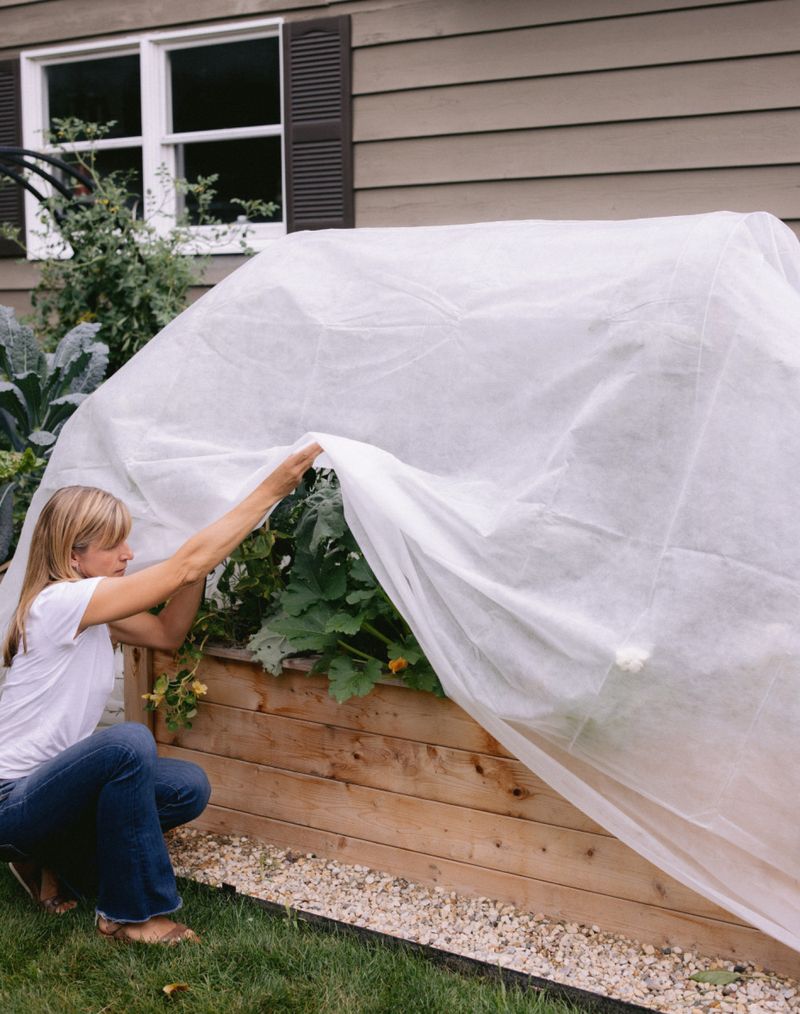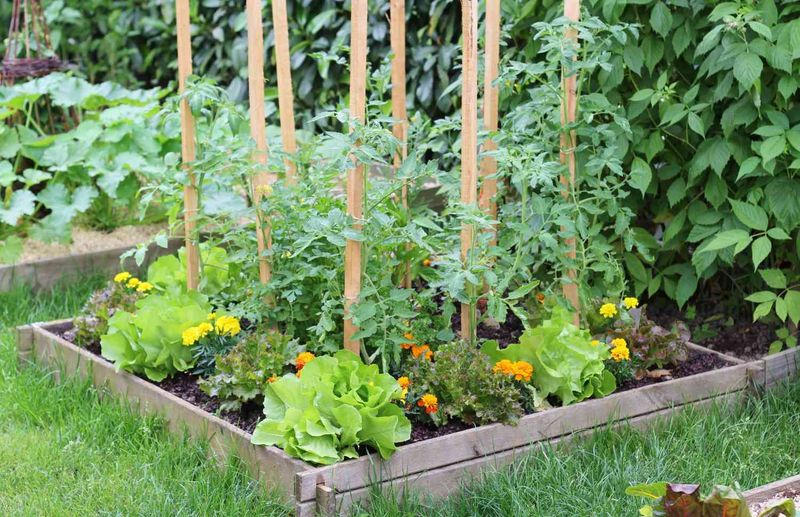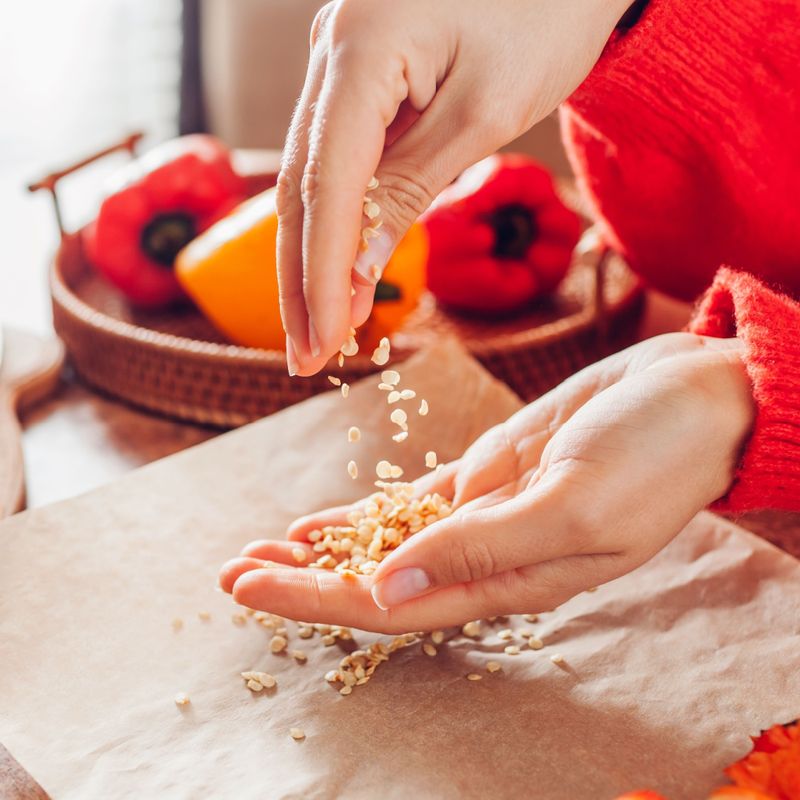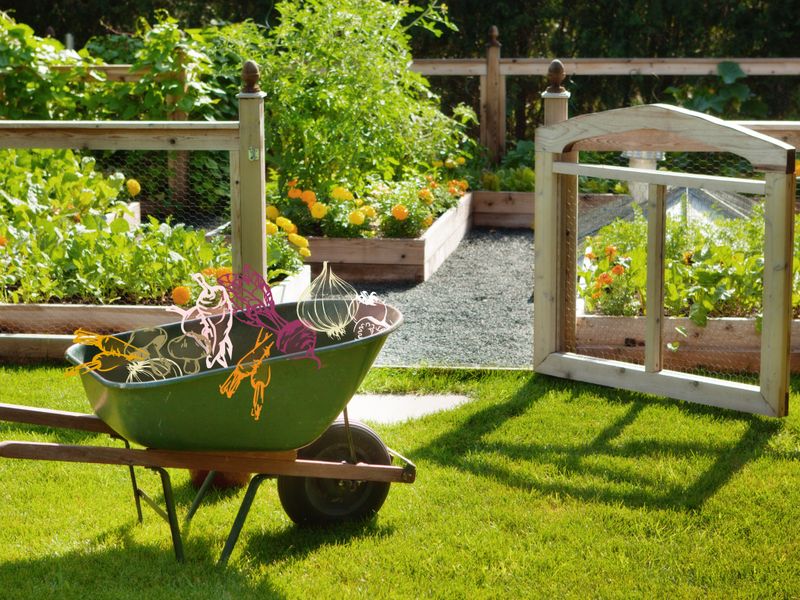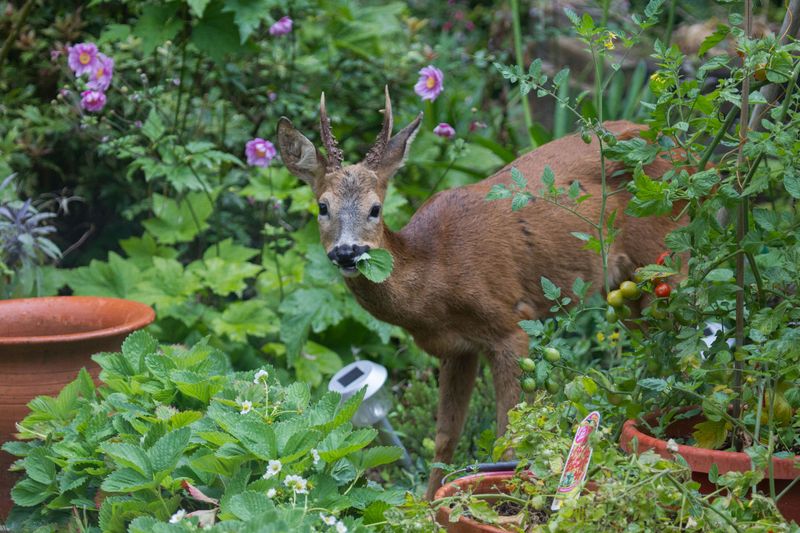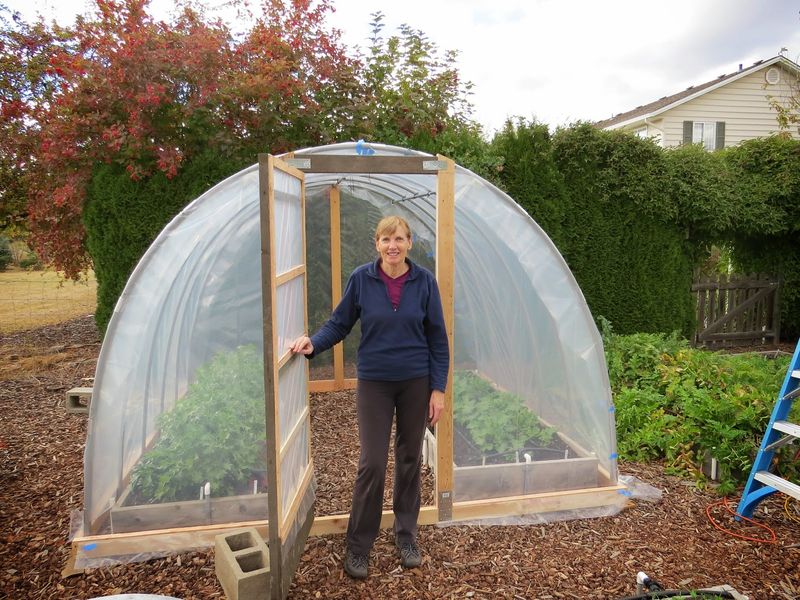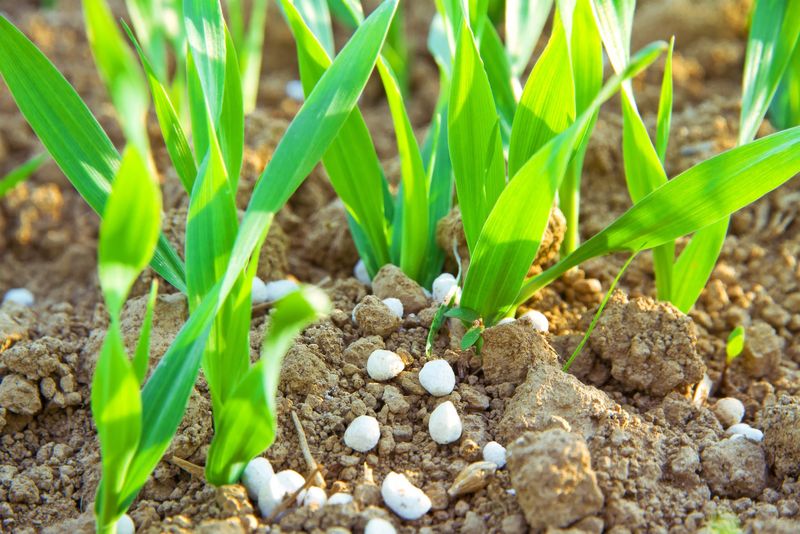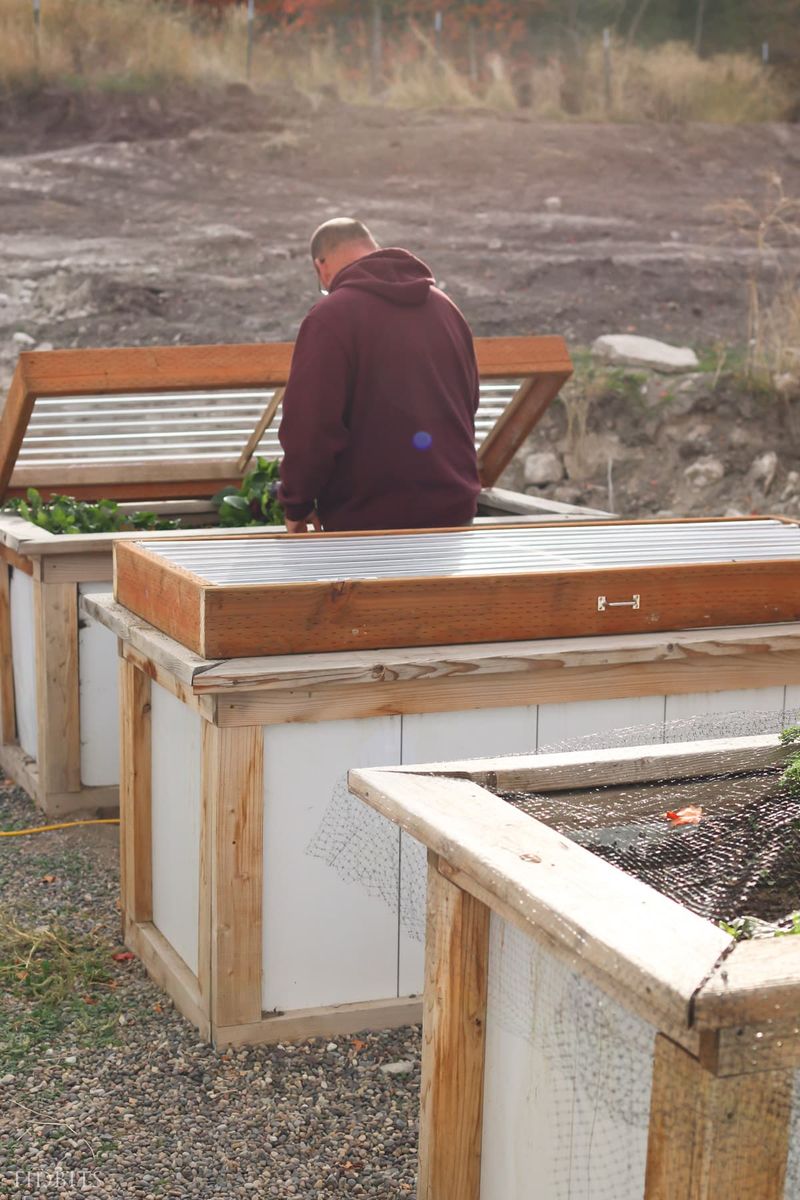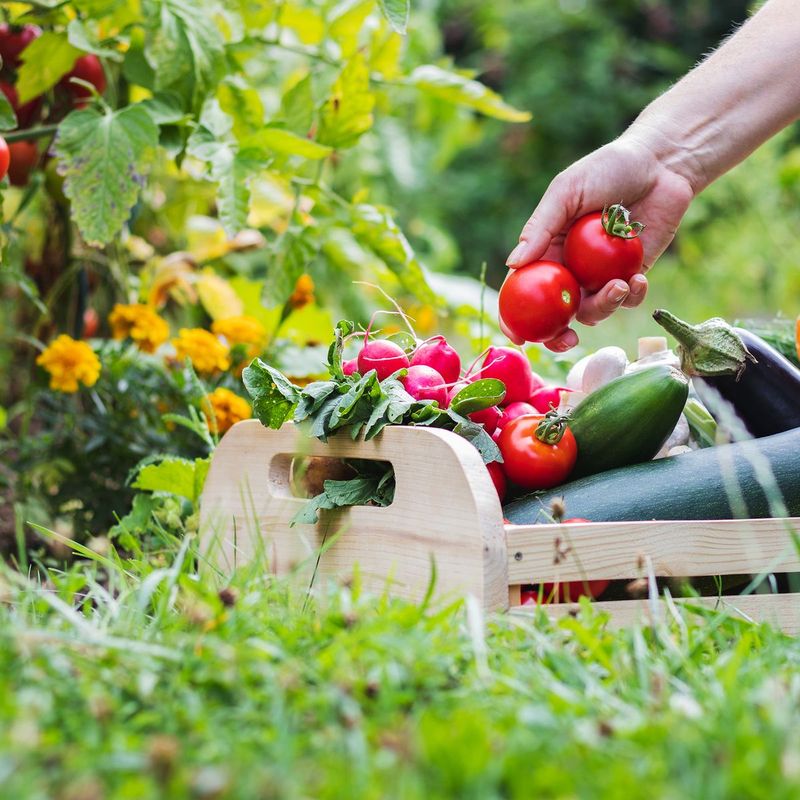Think gardening is just for retirees? Think again! Growing your own veggies is an exciting adventure filled with surprises.
Whether you’re a gardening pro or just starting out, these 28 quirky facts will help you transform any patch of dirt into a thriving garden.
From soil secrets to plant quirks, you’ll uncover some hilarious truths that will make you laugh as you dig, plant, and harvest. Ready to uncover the unexpected joys of gardening?
1. Soil Composition
You might think dirt is just, well, dirt. But in gardening, soil is the unsung hero of the vegetable patch. It consists of a blend of minerals, organic matter, air, and water.
Gardeners should know it’s crucial to test their soil’s pH and nutrient levels. A balanced soil leads to happy plants, and therefore, tasty vegetables.
Ensure your garden’s soil is a cozy home for roots by mixing in compost or aged manure. A little dirt under your nails means healthier veggies on your plate.
2. Compost Benefits
Turning kitchen scraps into gardener’s gold sounds almost magical, doesn’t it? Composting is an age-old practice that enriches soil and reduces waste.
It’s like giving your garden a nutrient-packed energy drink. Add compost to soil to improve its structure, aeration, and moisture retention.
Plus, it’s a perfect way to recycle grass clippings, leaves, and veggie peels. In no time, you’ll see how this black gold helps plants flourish. Who knew trash could turn into treasure for your veggies?
3. Watering Techniques
Watering seems straightforward, right? But there’s a skill to it in the realm of gardening. Overwatering and underwatering are common pitfalls.
The key is consistent moisture, especially in the morning, to prevent diseases. Using drip irrigation or soaker hoses can save water and target plant roots directly.
Make it a fun routine to check soil moisture by sticking a finger in the dirt. It’s all about finding that sweet spot where your veggies are neither too thirsty nor too soaked.
4. Sunlight Needs
Ever wondered why some plants seem to bask while others wither away? Sunlight is a plant’s best friend, and understanding its needs is vital for a fruitful garden.
Most vegetables need at least 6-8 hours of direct sunlight. Positioning your garden to maximize sun exposure can make all the difference.
If sun is limited, consider crops like lettuce or spinach, which are shade-tolerant. Remember, the sun isn’t just an accessory; it’s the star of the garden show, fueling photosynthesis and growth.
5. Companion Planting
It’s like the buddy system but for plants! Companion planting involves growing vegetable friends side by side to boost growth. Tomatoes love basil, while carrots and onions make great pals.
Certain combinations can deter pests and enhance flavor – a natural teamwork that benefits all involved. This method adds variety and visual appeal to gardens.
So next time you’re planning your garden layout, consider pairing up plants that get along fabulously. It’s like matchmaking for your veggies!
6. Mulching Magic
Mulch is more than just garden decor. This simple layer of organic material helps conserve moisture and suppress weeds.
Who knew that something as humble as straw, wood chips, or leaves could work wonders? Applying mulch around your plants acts like a protective blanket, keeping soil temperatures stable.
Plus, as mulch breaks down, it adds nutrients to the soil. Every time you lay down mulch, you’re giving your veggies a cozy, nutrient-rich environment to grow. It’s practical and pretty!
7. Pest Control
Who needs pesticides when nature provides its own pest patrol? Ladybugs and praying mantises are among the beneficial insects that keep harmful pests in check.
Encouraging these natural predators can save your garden from a bug invasion. Planting flowers like marigolds or yarrow can attract these helpful insects.
It’s a safer and eco-friendly approach, plus who doesn’t love ladybugs? Let nature’s little helpers patrol your garden, so you can avoid harsh chemicals and still enjoy a bountiful harvest.
8. Seed Selection
Selecting seeds is like choosing a wardrobe for your garden. With so many varieties available, it’s important to pick those suited to your region’s climate.
Heirloom seeds offer unique flavors, while hybrids often provide disease resistance. Reading seed packets is essential; they offer valuable information about planting depth, spacing, and germination time.
For a successful growing season, make informed decisions based on your garden’s conditions. It’s all about planting the right seed in the right place at the right time.
9. Plant Rotation
Imagine your garden as a dance floor, with plants switching partners each season. Crop rotation is the practice of alternating crops to prevent soil depletion and control pests.
Growing the same plants in the same spot can lead to disease buildup. Rotation helps maintain soil health by varying nutrient demands.
It’s like giving your garden a fresh start each year. This smart strategy ensures a productive garden and delicious veggies. Keep your plants on their toes with this effective gardening technique.
10. Organic Fertilizers
Feeding your garden with organic fertilizers is like serving them a balanced meal. Unlike synthetic options, organic fertilizers release nutrients slowly, improving soil health over time.
Compost, bone meal, and fish emulsion are popular choices. They encourage beneficial microbes, leading to stronger plants. Plus, they’re better for the environment.
Opting for organic fertilizers not only nurtures your veggies but also contributes to sustainable gardening practices. Think of it as treating your plants to a gourmet experience, with lasting benefits!
11. Seasonal Planting
Timing is everything in gardening, just like comedy! Understanding when to plant each vegetable can lead to a bumper harvest.
Spring and fall are prime times for many crops, but some thrive in the heat of summer. Familiarize yourself with your region’s climate to strategize your planting schedule.
This knowledge helps you avoid frost damage or heat stress. By aligning planting times with nature’s calendar, you ensure a continuous supply of fresh produce. It’s about playing the right tune for each season.
12. Raised Beds
Raised beds are like VIP sections for plants. They offer better drainage, improved soil conditions, and easy access.
Perfect for areas with poor soil, these elevated gardens can be filled with a customized soil mix. Constructing a raised bed can be a fun DIY project, too.
They prevent soil compaction and are great for limited spaces. Plus, they’re easier on the back! Whether you’re battling rocky ground or just want a tidy setup, raised beds can elevate your gardening game.
13. Pollination Partners
Ever hear the buzz about bees? These little workers are essential for pollinating flowers and producing fruits. Some plants, like squash and cucumbers, rely heavily on bees.
Encouraging bees by planting flowers or setting up bee baths can boost pollination in your garden. It’s a buzzworthy partnership that leads to a bigger harvest.
Remember, without bees, many fruits and veggies would be off the menu. So, roll out the red carpet for these tiny pollinators; your garden depends on them.
14. Root Depth
Beneath the soil surface, roots are busy playing the game of life. Each vegetable has its own root depth, impacting nutrient and water uptake.
Carrots, for example, delve deep, while lettuce prefers a shallower reach. Understanding root systems helps in planning garden spacing and irrigation. It’s like getting to know your veggies’ personalities.
By accommodating their root needs, you ensure they grow strong and healthy. It’s an underground world with its own dynamics, essential for thriving plants.
15. Harvest Timing
Picking veggies at the right time is both art and science. Harvesting too early or too late can affect flavor and texture. Tomatoes, for instance, should be bright red before plucking.
Knowing when to harvest ensures peak ripeness and top-notch taste. It’s a skill that comes with experience, like knowing when a melon sounds just right when tapped.
Pay attention to color, size, and firmness. With practice, you’ll master the timing, making every harvest a rewarding moment.
16. Weed Management
Weeds are the uninvited guests at your garden party. They compete for nutrients, water, and light, impacting vegetable growth.
Regular weeding keeps them in check, preventing them from stealing the show. Tools like hoes and hand trowels make the job easier. Mulching is another strategy to suppress weeds.
It’s about keeping your garden tidy and ensuring veggies get the resources they need. By staying on top of weeds, you set the stage for a flourishing garden.
17. Climate Considerations
Vegetables are like travelers, each with their own climate preference. Some love the heat, others prefer cooler conditions.
Knowing your gardening zone helps select the right crops for your climate. This knowledge aids in planning planting and harvest times. Adjusting to local weather patterns can mitigate risks like frost or drought.
It’s about making informed choices that align with nature. By understanding climate needs, you’re setting up a comfortable environment for your veggies to prosper.
18. Vertical Gardening
Running out of space doesn’t mean you have to curb your gardening enthusiasm. Vertical gardening lets you grow upward instead of outward.
It’s ideal for small spaces, balconies, or urban areas. Using trellises, wall planters, or hanging pots can maximize your planting area. Vegetables like peas, beans, or cucumbers love to climb.
By thinking vertically, you can expand your garden’s footprint, making the most of available space. It’s a clever way to enjoy a lush garden without needing a big yard.
19. Pruning Practices
Snip, snip – it’s not just for hedges! Pruning vegetables helps maintain plant health and productivity. Removing dead or overcrowded branches allows more sunlight and air to reach the plant.
Tomatoes, for example, benefit from pruning to produce bigger fruits. It’s like giving your veggies a haircut, tidying them up for better growth.
This practice prevents disease and encourages new growth. Whether it’s tomatoes or beans, a little trim can go a long way in boosting your garden’s yield.
20. Natural Windbreaks
Wind can be a gardener’s foe, but not if you’ve got natural defenses. Planting hedges or trees can create windbreaks to protect delicate plants.
They act as a barrier, reducing wind speed and preventing damage. Consider placing these natural guards strategically around your garden. It’s an eco-friendly solution that benefits the whole ecosystem.
By shielding your garden from gusty winds, you’re ensuring your veggies can grow undisturbed. Nature’s own defense system, right in your backyard!
21. Herb Inclusions
Herbs are the garden’s aromatic gems, adding flavor and fragrance. Including them in your vegetable garden can enhance growth and deter pests.
Basil near tomatoes or dill with cucumbers makes for happy plant partnerships. Herbs attract beneficial insects too. This symbiotic relationship brings more than just seasoning to your table; it supports overall garden health.
So next time you’re seasoning a dish, remember, those herbs are pulling double duty in the garden. It’s a flavorful way to garden smartly.
22. Seed Saving
Why buy seeds when your garden provides them? Seed saving is an ancient practice of collecting and storing seeds for future planting.
It’s a cost-effective way to preserve plant varieties and maintain garden diversity. By saving seeds from the best plants, you ensure better crops next season.
This tradition connects gardeners with nature’s cycles and teaches patience and care. Dive into the world of seed saving, and you’ll find a deeper appreciation for the life cycle of plants.
23. Garden Planning
A well-thought-out plan is a gardener’s best tool. Planning your garden layout ensures proper spacing, sunlight, and water distribution.
Consider plant heights and companion planting for a harmonious setup. Sketching a blueprint can prevent overcrowding and help with crop rotation.
It’s about visualizing the future of your garden and setting a path for success. A good plan guides you through the growing season, making adjustments as needed. Every successful garden starts with a thoughtful design.
24. Wildlife Interaction
Gardens aren’t just for humans; they’re a haven for wildlife too. Rabbits, birds, and insects all play a role in the garden ecosystem. While some critters can be pesky, many contribute to pollination or pest control.
Creating habitats and using humane deterrents can foster a balanced garden environment. Embrace the wildlife visitors while safeguarding your produce.
This interaction is part of the natural cycle, enriching your gardening experience. Understanding and coexisting with wildlife adds a layer of depth to gardening.
25. DIY Greenhouses
DIY greenhouses are a gardener’s playground, extending the growing season and protecting plants. Building one can be a creative project using recycled materials.
These structures create a controlled environment, ideal for starting seeds early or growing sensitive plants. They’re like a cozy retreat for veggies during harsh weather.
By crafting your own greenhouse, you open opportunities for year-round gardening. It’s a testament to resourcefulness, turning simple materials into a functional garden asset. Let your imagination run wild!
26. Plant Nutrient Needs
Plants, like people, have dietary needs. Understanding what nutrients each vegetable requires is key to a thriving garden. Nitrogen, phosphorus, and potassium are the big three, but trace elements matter too.
This knowledge helps in selecting fertilizers and amending soil. Tailoring nutrient supply ensures robust growth and improved yields. Think of it as customizing a meal plan for your garden.
Meeting nutrient needs not only supports healthy plants but also bountiful harvests. It’s all about nourishing your veggies to their fullest potential.
27. Cold Frames
Cold frames are like cozy jackets for your plants. These simple structures trap heat and shield veggies from frost. Ideal for extending the season, they allow gardeners to start planting earlier and continue later into the year.
Constructing a cold frame can be a simple DIY project. By using materials like old windows and wood, you can create a protective haven for your plants.
It’s a practical solution for enthusiastic gardeners. Embrace the chill with confidence, knowing your garden is snug and safe.
28. Continuous Harvesting
Why wait for everything to ripen at once? Continuous harvesting allows you to enjoy fresh produce throughout the season.
By picking veggies like lettuce or beans regularly, you encourage new growth. It’s a strategy that not only provides a steady supply but also enhances plant vitality.
Think of it as snacking your way through the garden, keeping the plants productive and the kitchen stocked. This approach maximizes yield and ensures you’re never short of fresh veggies.

